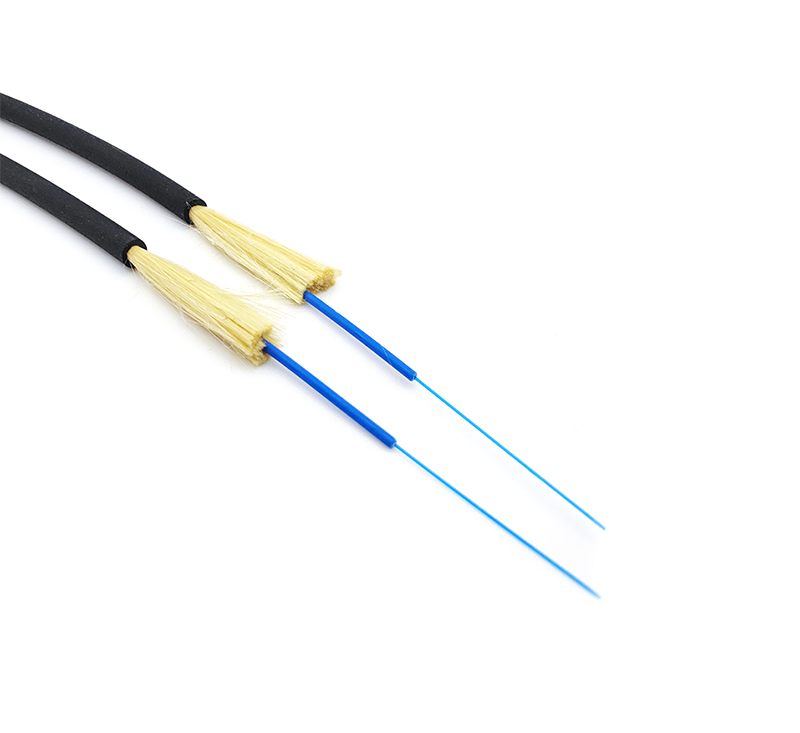1) Conditions for laying emergency optical cables
When all optical cable lines in a certain direction are blocked, once all circuits or main circuits are switched on, it can be considered to repair the optical cable at one time, instead of using emergency circuit. When there is no condition to temporarily adjust the circuit, or the temporary adjustment of some circuits can not meet the needs of large capacity communication, emergency optical cables shall be laid, the circuit shall be connected according to the dispatching principle and sequence specified in the "Circuit Dispatching System", communication shall be temporarily restored, and then new optical cables shall be re selected and laid for formal repair.
2) Determination of emergency optical cable laying range
If the optical cable is blocked by natural disasters or external forces, it is generally easy to find the obstacle points according to the different road conditions after measuring the general position of the obstacle points, and then the distribution range of the emergency optical cable can be determined. However, it is difficult to determine the distribution range of emergency optical cable when OTDR is used to measure only the obstacle point at the terminal station or relay station, which is between the two joints, and the specific location of the obstacle cannot be determined. At this time, if conditions permit, OTDR can be used for testing at the opposite end relay station, and the test results on both sides can be comprehensively analyzed. Generally, the optical cable breakpoint can be accurately determined. If there is no condition to use OTDR for testing from both directions, the following two cases can be sent separately for processing:

a) The obstacle point is close to a certain joint, and the emergency optical cable is planned to be laid from this joint. Open this joint, and use OTDR to test in the direction of the obstacle at the joint. At this time, the test distance is short, and the specific position of the obstacle can be measured accurately, so that the emergency optical cable can be laid to where.
b) The obstacle point is located in the middle of two joints. It is not appropriate to lay emergency optical cable from a certain joint. It is necessary to further determine the position of the obstacle point and lay a section of emergency optical cable on both sides of the obstacle point. In this case, the gradual extension test method can be used to find the specific location of the obstacle, that is, use OTDR to initially measure the obstacle point at the terminal station or relay station, dig out the optical cable in front of the obstacle point, cut off a certain optical fiber for retesting. If it is found that the obstacle point is not within the cutting range, judge how far it is, dig out the optical cable in front, cut off another optical fiber, and retest again until the obstacle point is included in the cutting point, Then the distribution range of emergency optical cable can be determined. Generally, the specific position of the obstacle point can be determined after two retests.
c) Emergency repair of optical cable acceleration connector of the same model
Another method for emergency repair of optical cables is to use optical cables of the same model as the obstacle optical cables as emergency repair optical cables, and use connectors (movable joints) with matching liquid for temporary connection to get through the circuit.










